What’s the difference between acrylic paint and watercolor? This is a question often asked by artists, from beginners to professionals, when choosing materials for their artwork. Both types of paint offer unique creative experiences, but differences in composition, texture, and application make them suitable for different styles and purposes. This article will provide a detailed analysis to help you understand acrylic and watercolor paints, from their advantages and disadvantages to their uses, enabling you to make the perfect choice for your journey in creating artistic paintings.
What Are Acrylic Paints? Characteristics and Composition of Acrylic Paints
Acrylic paint is a synthetic paint made from acrylic resin combined with safe isopropyl alcohol solvent. Developed in the mid-20th century, acrylic paint quickly became a favorite choice due to its durability and versatility.
What Are the Composition and Characteristics of Acrylic Paint?

Acrylic paint consists of three main components: pigment, acrylic resin (binder), and solvent. When dry, it forms a hard, water-resistant coating, ideal for various surfaces.
- Safe composition: The isopropyl alcohol solvent is non-toxic, suitable for both children and adults.
- High adhesion: Can be used on canvas, wood, metal, glass, and even walls.
- Fast drying: Depending on thickness, acrylic paint dries in 20 minutes to 1 hour.
- Diverse colors: Hundreds of shades, from vibrant to subtle, easy to mix.
What’s the difference between acrylic paint and watercolor? The standout feature is its ability to create a smooth, glossy, durable finish, suitable for artworks requiring long-term durability.
Advantages and Disadvantages of Acrylic Paint in Art
Advantages of acrylic paint:
- High durability: Water-resistant, fade-resistant over time, ideal for wall-mounted paintings.
- Versatile: Can be diluted for watercolor-like effects or used thickly for textured finishes.
- Easy to clean: Stains can be easily washed off when the paint is still wet, suitable for beginners.
- Safe: Odorless and health-friendly.
Disadvantages of acrylic paint:
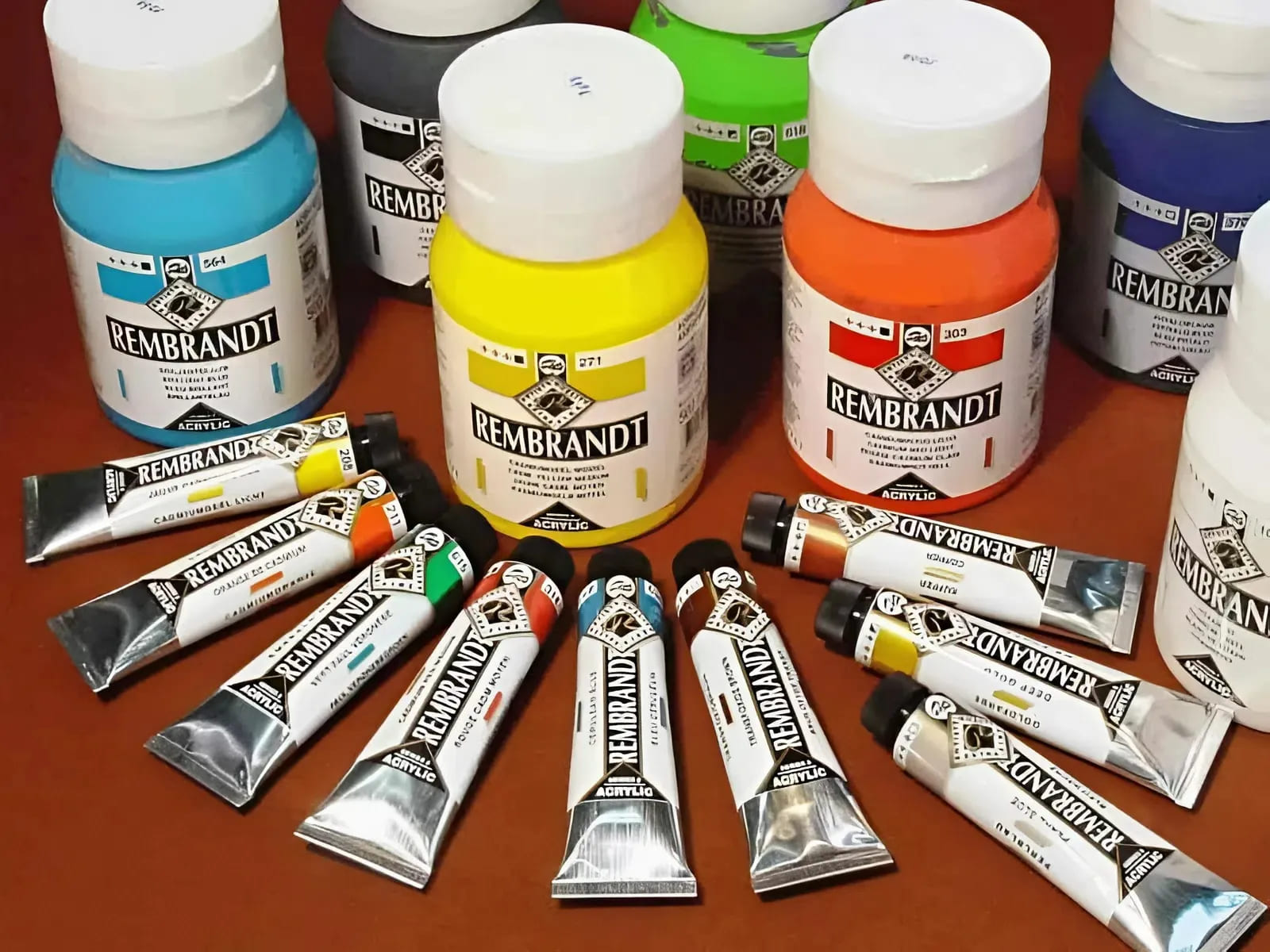
- Dries too quickly: Can make editing difficult if not handled quickly.
- Higher cost: More expensive than watercolor, especially for premium brands like Liquitex.
- Prone to fingerprints: If touched before fully dry.
Acrylic paint is ideal for large-scale projects like abstract paintings or murals, where durability and texture are prioritized.
What Are Watercolors? Characteristics and Composition of Watercolors
Watercolor is a traditional paint that uses water-soluble pigments combined with a binder like gum arabic. This long-standing medium is beloved for soft landscapes and portraits.
What Are the Composition and Characteristics of Watercolor?
Watercolor consists of pigments, gum arabic, and water, creating a thin, transparent layer when dry. It is typically used on watercolor paper or silk to optimize effects.
- Natural transparency: Creates smooth, dreamy effects ideal for ethereal styles.
- Easy to dilute: Simply add water to adjust the intensity.
- Compatible with paper: Watercolor paper with high absorbency ensures good adhesion.
- Soft: Suitable for delicate details and gradient effects.
What’s the difference between acrylic paint and watercolor? Watercolor stands out for its lightness and transparency but is easily affected by water after drying.
Advantages and Disadvantages of Watercolor in Art
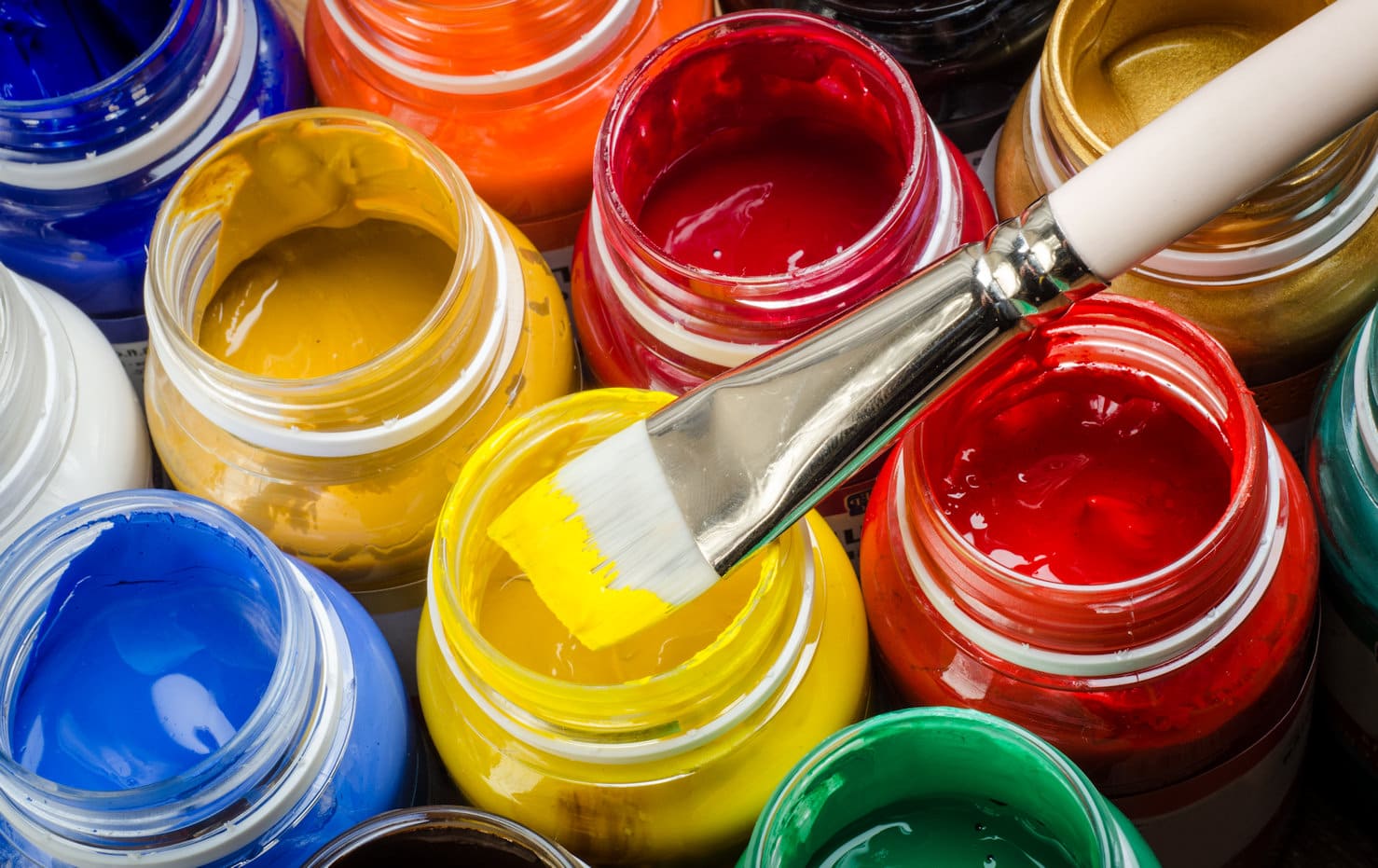
Advantages of watercolor:
- Soft effects: Creates transparent layers, ideal for landscapes and floral paintings.
- Easy to adjust tones: Dilute with water to create natural gradients.
- Affordable: Cheaper than acrylic paint, suitable for beginners.
- Portable: Compact watercolor sets are convenient for outdoor painting.
Disadvantages of watercolor:
- Hard to correct mistakes: Once dry, the paint cannot be erased, requiring high control skills.
- Paper damage: Too much water can tear or deform the paper.
- Long drying time: Especially for multiple layers, it takes longer to dry than acrylic.
Watercolor is suitable for artists who love subtlety and aim to create gentle, natural paintings.
Differences Between Acrylic Paint and Watercolor: Detailed Comparison of Texture and Effects
How do acrylic paint and watercolor differ in texture and effects? These differences directly impact the artist’s style and painting experience.
How Do the Textures of Acrylic Paint and Watercolor Differ?
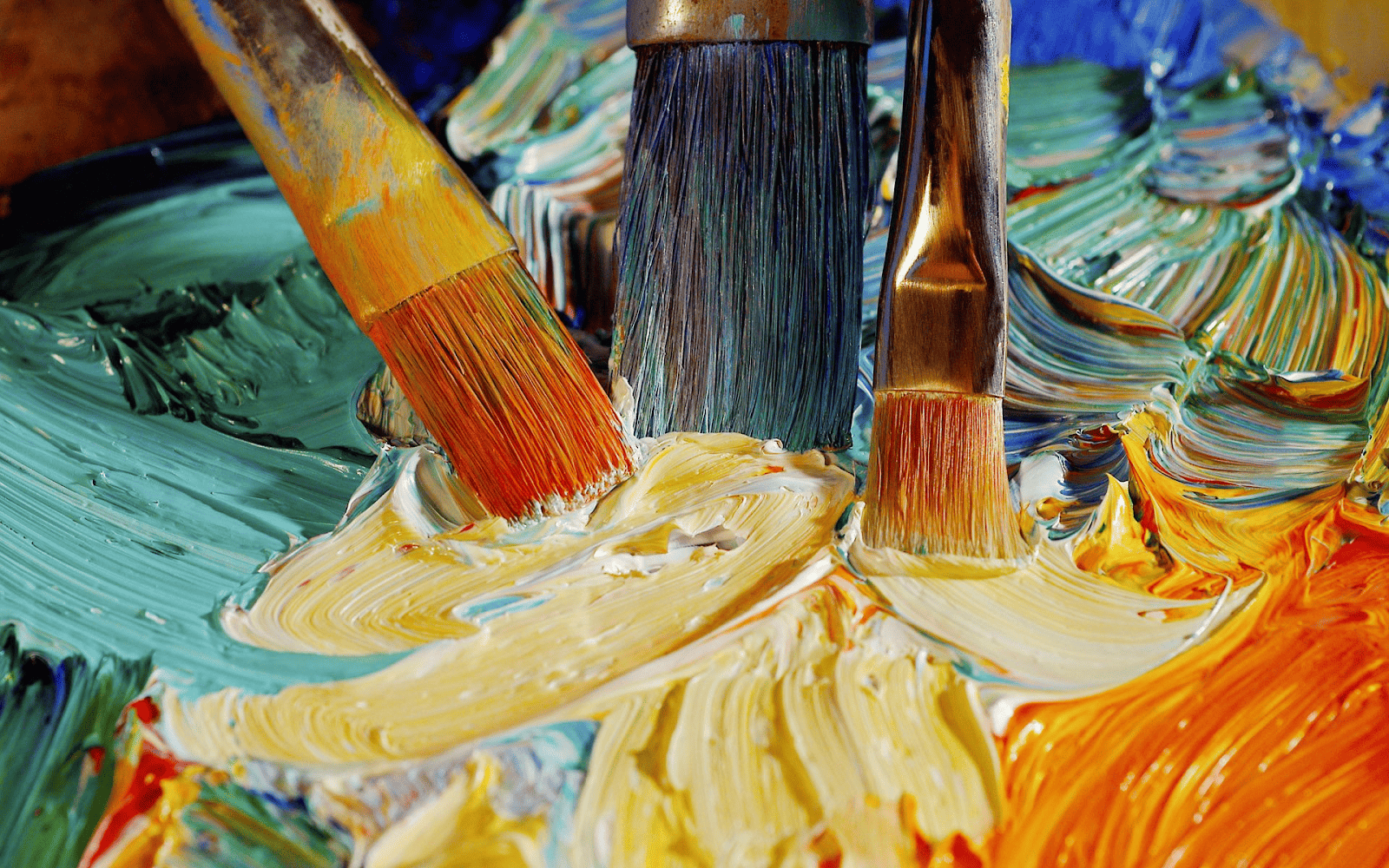
- Acrylic paint:
- Thick, dense texture, creating a smooth, glossy finish when dry.
- Allows layering without colors blending, suitable for impasto techniques (creating thick textures).
- Ideal for diverse surfaces like canvas, wood, or walls.
- Watercolor:
- Thin, transparent texture that absorbs into paper, creating natural gradient effects.
- Suitable for wet-on-wet techniques (painting on wet paper) to create gradients.
- Primarily used on watercolor paper or silk to maintain smoothness.
What’s the difference between acrylic paint and watercolor? Acrylic offers a bold, durable feel, while watercolor leans toward lightness and fragility.
Artistic Effects of Acrylic Paint and Watercolor
- Acrylic paint:
- Creates sharp effects, suitable for abstract, modern, or detailed portrait paintings.
- Can create 3D textures by layering thickly.
- Example: Acrylic paintings on canvas often have depth and high durability, as seen in the works of Mark Rothko.

- Watercolor:
- Creates dreamy effects, ideal for landscapes, florals, or illustrations.
- Natural gradient and blending effects, as seen in the works of John Singer Sargent.
- Example: Watercolor paintings on silk have a soft beauty, often seen in East Asian art.
The difference between acrylic paint and watercolor lies in how they convey emotions: acrylic is bold and powerful; watercolor is gentle and refined.
Different Applications of Acrylic Paint and Watercolor
The applications of acrylic paint and watercolor depend on the artist’s goals and style. Below is a detailed analysis.
What Are the Applications of Acrylic Paint in Art?
Acrylic paint is favored in various styles due to its versatility:
- Painting on canvas: Popular in modern art, such as abstract or pop art. Example: Andy Warhol’s paintings use acrylic for vibrant colors.
- Murals: Its durability and water resistance make acrylic ideal for outdoor murals.
- Layering techniques: Suitable for artists who want to create depth without colors blending.
- Multi-material projects: Painting on wood, metal, or plastic to create unique artworks.
What’s the difference between acrylic paint and watercolor? Acrylic is suitable for large-scale projects requiring durability and bold colors.
What Are the Applications of Watercolor in Art?
Watercolor is preferred for delicate styles:
- Landscape paintings: Creates smooth effects for skies, water, or forests.
- Illustrations: Suitable for children’s books and comics due to its transparency.
- Painting on silk: Traditional East Asian art, such as Vietnamese lotus paintings, often uses watercolor.
- Outdoor sketching: Compact watercolor sets are easy to carry for quick sketches.
What’s the difference between acrylic paint and watercolor? Watercolor is ideal for artists who love subtlety and want to paint quickly and naturally.
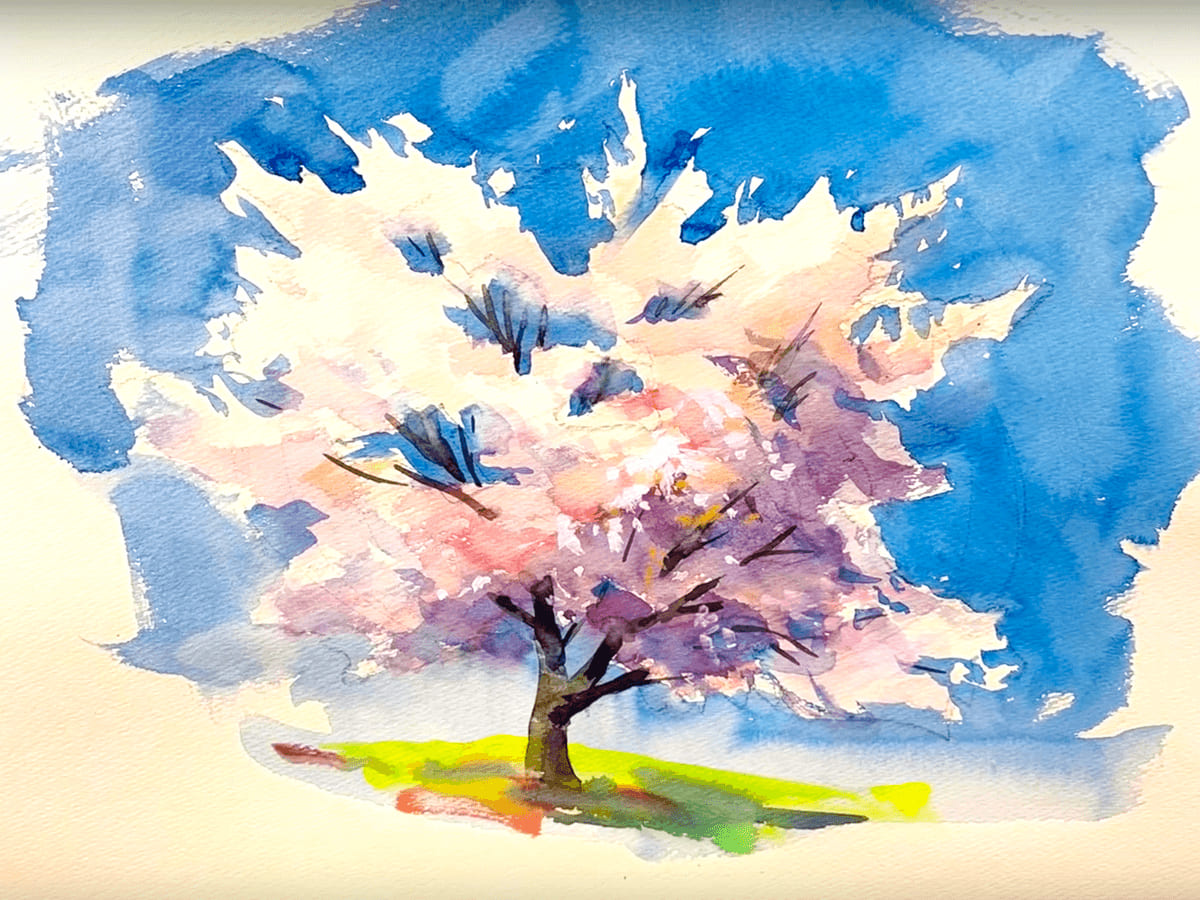
Painting Techniques for Acrylic Paint and Watercolor
Painting techniques greatly influence the effectiveness of acrylic paint and watercolor. Below are specific guidelines.
Acrylic Painting Techniques: Secrets to Creating Beautiful Artwork
- Layering: Apply multiple layers of paint to create depth, leveraging its fast-drying property.
- Diluting: Use water or gel medium to create watercolor-like effects.
- Impasto technique: Use a palette knife to create thick, 3D textures.
- Using on diverse surfaces: Combine with sand, fabric, or newspaper to create collage effects.
Tips for beginners:
- Use synthetic brushes for better paint control.
- Mask areas you don’t want to paint to avoid smudging.
Watercolor Painting Techniques: Secrets to Creating Natural Effects
- Wet-on-wet: Paint on wet paper to create soft, blended effects.
- Wet-on-dry: Paint on dry paper for sharp, detailed lines.
- Water control: Use less water for bold colors, more water for lighter tones.
- Careful layering: Wait for the previous layer to dry completely to avoid unwanted blending.
Tips for beginners:
- Use high-quality watercolor paper (like Arches) to prevent tearing.
- Experiment with salt or alcohol to create unique textures.
What’s the difference between acrylic paint and watercolor in techniques? Acrylic allows for easy corrections, while watercolor requires precision and water control.
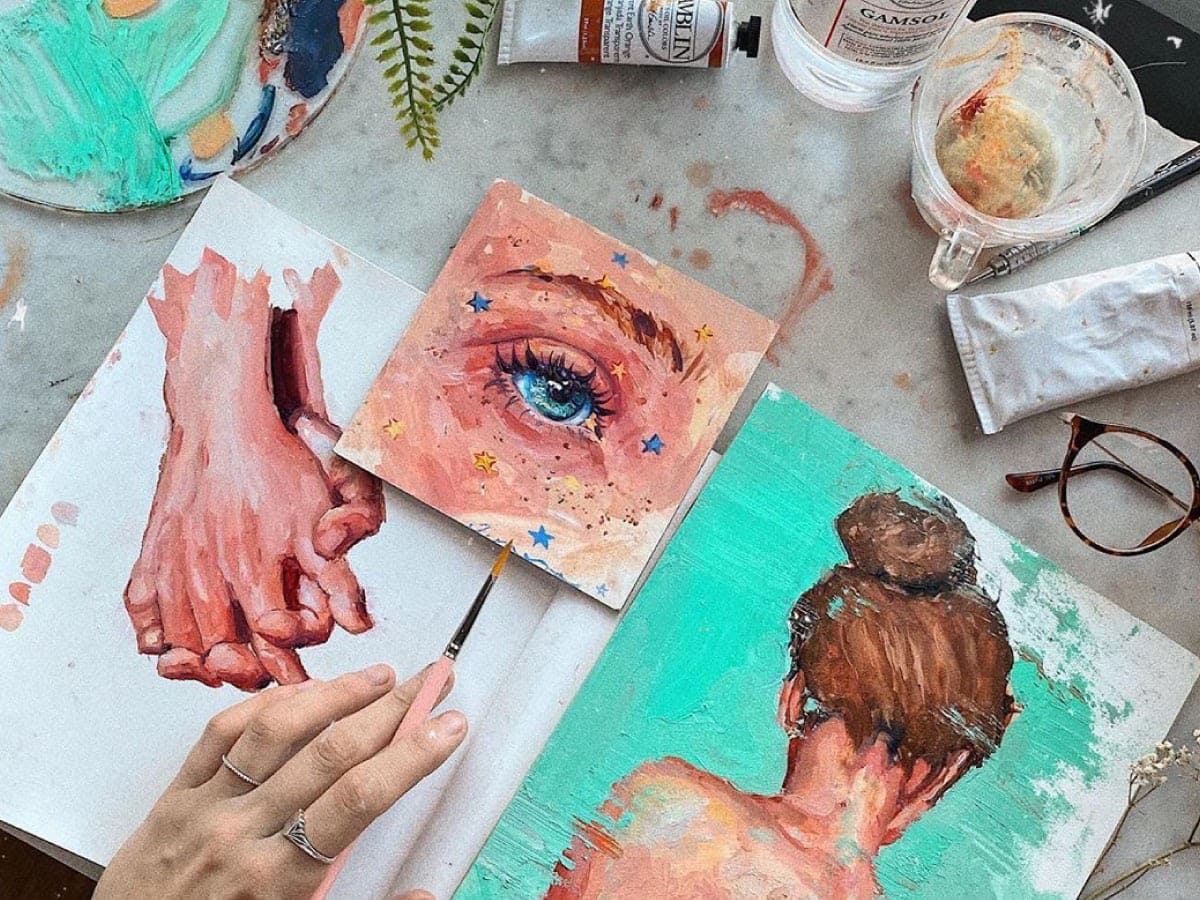
How to Choose Between Acrylic Paint and Watercolor for Your Art Project
What’s the difference between acrylic paint and watercolor when choosing for a project? Below is a guide to help you decide:
- Choose acrylic paint if:
- You want durable, water-resistant paintings suitable for long-term display.
- You paint on various surfaces like canvas, wood, or walls.
- You prefer modern, abstract styles or need thick textures.
- Choose watercolor if:
- You love landscape paintings, illustrations, or transparent effects.
- You want to paint quickly outdoors with lightweight materials.
- You prefer classic, refined styles or East Asian art.
Practical examples:
- Acrylic painting: Large abstract artwork in a modern living room.
- Watercolor painting: A lotus painting on silk displayed in a traditional tea room.
The Legacy of Acrylic Paint and Watercolor in Modern Art
Acrylic paint and watercolor have shaped the art of painting in distinct ways. Acrylic has paved the way for modern art with its durability and versatility, while watercolor upholds traditional values with its softness and refinement. What’s the difference between acrylic paint and watercolor? It’s a choice between strength and gentleness, between modern and classic.
If you’re unsure which paint to choose, try both to feel the difference! Which style do you prefer? Share your thoughts in the comments or visit art exhibitions to explore more!

